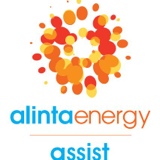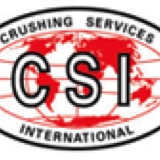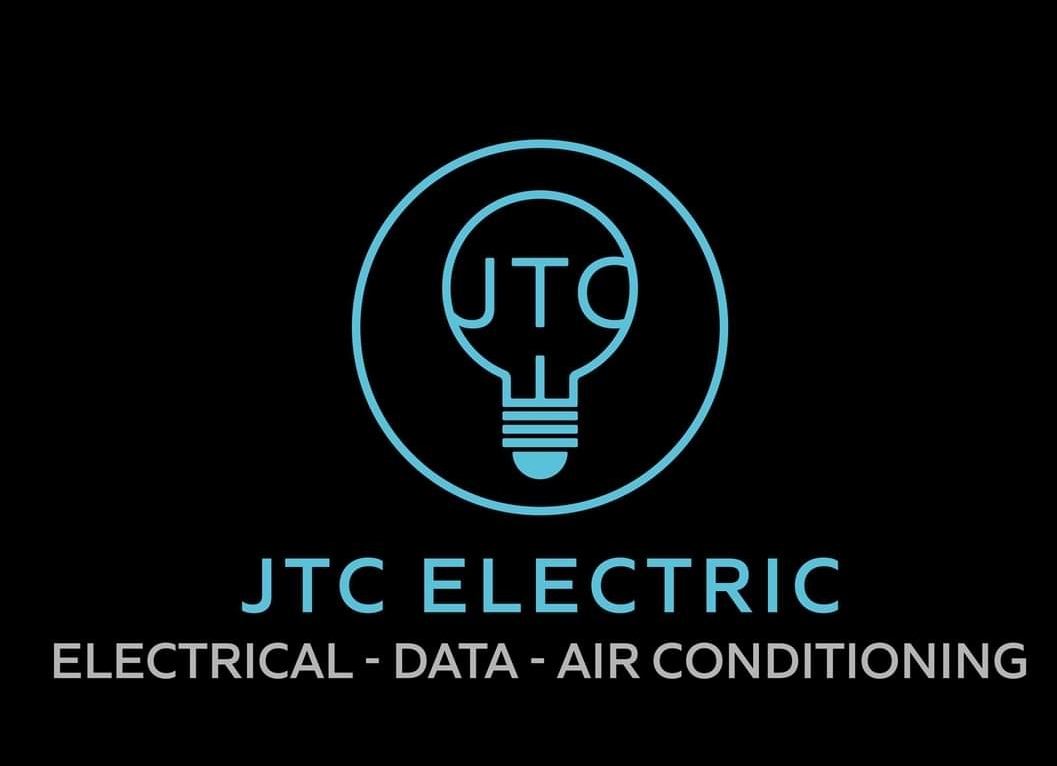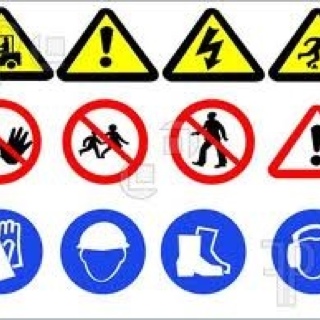Information
-
Document No.
-
Audit Title
-
Client / Site
-
Conducted on
-
Prepared by
-
Location
-
Personnel
1. Working at Heights
-
1.1. Fall risks of 2m or more? (including voids, pits, and trenches)
-
1.2. Lack of edge protection? (e.g. Handrails, toe/kick boards, ladder access - if applicable)
-
1.3. Unsafe or incomplete edge protection? (e.g. Handrails, toe/kick boards, ladder access - if applicable)
-
1.4. Supervisor to schedule work so that height work is not undertaken above others.
-
1.5. Exclusion zones barricaded to stop entry to areas where height work is being conducted.
-
1.6. Where trenches/excavations: battering or shoring up, barricading, signage as required.
-
1.7. Where trenches/excavations: identification of underground services (gas, water, electrical, other) recorded prior to work commencing.
-
1.8. Where trenches/excavations: details of underground services (gas, water, electrical, other) given to contractors prior to work commencing.
2. Plant and Equipment
-
2.1. Unsafe or damaged plant/equipment? (including missing or damaged guards)
-
2.2. Incorrect plant /equipment for job? (e.g. grinding discs for cutting)
-
2.3. Unsafe or incompatible attachments used with plant/equipment?
-
2.4. Unlicensed operators?
-
2.5. Lack of safe work instructions?
-
2.6. Lack of training in safe operation, clean-up and maintenance?
3. Scaffolds
-
3.1. Unlicensed persons erecting scaffold?
-
3.2. Unsafe or incomplete scaffold?
-
3.3. Lack of inspection protocol for scaffold?
-
3.4. Incompatible scaffold components? Unlabelled or do not meet AS?
-
3.5. Safe Work Load (SWL) exceeded? (tools, stored materials, number of persons)
4. Harness and Equipment
-
4.1. Unsafe or damaged harness or equipment?
-
4.2. Incompatible hooks/equipment?
-
4.3. Unlabelled or does not meet AS?
-
4.4. Unsafe or uncertified anchor points?
-
4.5. Lack of inspection protocol for equipment?
-
4.6. Lack of or inadequate formal training for operators?
-
4.7. Are the harnesses no older than 10 years from the date of manufacture?
5. Ladders
-
5.1. Unsafe or damaged ladders?
-
5.2. Unsafe positioning of ladders?
-
5.3. Ladder not properly secured?
-
5.4. Ladder unsuitable for job? (e.g. metal ladder used for electrical work)
-
5.5. Are the ladders of an industrial / commercial (tradesman) quality rating?
6. Hazardous Manual Tasks
-
6.1. Lack of identification hazardous manual tasks?
-
6.2. Lack of assessment of hazardous manual tasks?
-
6.3. Inadequate risk controls? (examples: no job rotation, lighter loads, trolleys, lifting equipment, etc)
-
6.4. Lack of training in risk controls and safe lifting/ team lifting techniques?
7. Hazardous Chemical (including fuel and oil)
-
7.1. Unsafe storage location? (e.g. flammables near ignition sources, spills could enter stormwater drains, etc)
-
7.2. Incompatible chemicals stored near each other?
-
7.3. Inadequate spill containment equipment?
-
7.4. Hazardous substances register maintained onsite (ie. manifest)
-
7.5. Staff know of location of Register and Safety Data Sheets.
-
7.6. Safety Data Sheets not accessible on site?
-
7.7. Lack of emergency procedures for injury/spills/fire etc?
-
7.8. Excessive quantities stored on site or in vehicles?
-
7.9. Insufficient ventilation?
-
7.10. Insufficient, or incorrect, PPE?
-
7.11. Unsuitable storage containers? (unlabeled or stored in food containers)
-
7.12. Methods of waste disposal of left over hazardous substances are in place.
-
7.13. Are there fire fighting equipment in the vicinity of flammable goods?
8. Emergency Response
-
8.1. Lack of, or no emergency plans for site?
-
8.2. Emergency procedures not displayed at site?
-
8.3. Lack of training and rehearsal of emergency plans?
-
8.4. Lack of, or inadequate first aid kits aid equipment for site?
-
8.5. Insufficient access to formally trained First Aiders for all shifts?
-
8.6. Unsuitable or inadequate communication equipment?
-
8.7. Availability of fire fighting equipment.
-
8.8. Contingency plan for loss of power services in place (including contact personnel, appropriate isolation services and supply prior to attempting any work).
-
8.9. Contingency plan for accidental alarm activation (including contact personnel, procedure to be followed etc).
9. Traffic Management
-
9.1. Lack of, or inadequate, Traffic Management Plan (TMP) in place?
-
9.2. Lack of training in TMP for all persons on site? <br>(contractors and visitors)
-
9.3. Inadequate controls for TMP? (physical barriers, bollards, speed limits, flashing lights, spotters, etc)
10. Personal Protective Equipment (PPE)
-
10.1. Lack of, or inadequate PPE (including sun protection)
-
10.2. Lack of system to issue, inspect, replace and monitor PPE?
-
10.3. Lack of training in safe use, clean-up and inspection of PPE?
-
10.4. Signage to notify staff/contractors of appropriate minimum PPE.
-
10.5. Are PPE requirements being supervised and enforced?
11. Work Environment
-
11.1. Lack of/or inadequate amenities? (toilets, wash areas, lunch rooms, etc)
-
11.2. Availability of drinking water?
-
11.3. Insufficient lighting?
-
11.4. Housekeeping: storage of excess material or equipment not in access ways to buildings.
-
11.5. Housekeeping: storage of excess material or equipment to be within site boundaries, in allocated area.
-
11.6. Housekeeping rules provided to contractors as part of induction.
-
11.7. Use of permits for working at heights, hot work, confined spaces and high risk situations (eg. demolition).
12.Electrical Hazards
-
12.1. Unsafe electrical leads? (damaged, out of test date or untested)
-
12.2. Lack of RCD protection?
-
12.3. RCD tests undertaken?
-
12.4. Leads placed on ground or on metal structures?
-
12.5. Electrical equipment near water?
-
12.6. Electrical equipment near flammables?
-
12.7. Electrical equipment near chemicals that could cause damage?
-
12.8. Electrical leads that may be damaged from contact with moving machinery parts?
-
12.9. Electrical leads on work surfaces?
-
12.10. Lack of Lock-out/tag-out (LOTO) procedures for electrical equipment?
13. Administrative Procedures
-
13.1. Unauthorised access by public managed by implementing: fencing/barrier, signage (visitors to report to office etc), supervision and enforcement of rules.
-
13.2. Lack of/or inadequate Site Safety Plan?
-
13.3. Failure to obtain permits (Council, EPA, WHS, also Hot Works, Confined Space etc)
-
13.4. Lack of, or inadequate, induction for workers, contractors, visitors?
-
13.5. Lack or, or inadequate, supervisory arrangements?
-
13.6. Lack of/or inadequate training, licenses, skills, experience?
-
13.7. Lack of/or inadequate Safe Work Method Statements (SWSM) for high- risk work?
-
13.8. Lack of, or inadequate system to review SWMS as needed?
-
13.9. Lack of/or inadequate incident notification procedures?
-
13.10. Lack of, or inadequate, routine inspections, monitoring, audits?
-
13.11. Lack of/or inadequate consultative arrangements?
Corrective Actions
-
Enter any corrective actions that will be undertaken
Sign Off
-
On site representative
-
Auditor's signature













